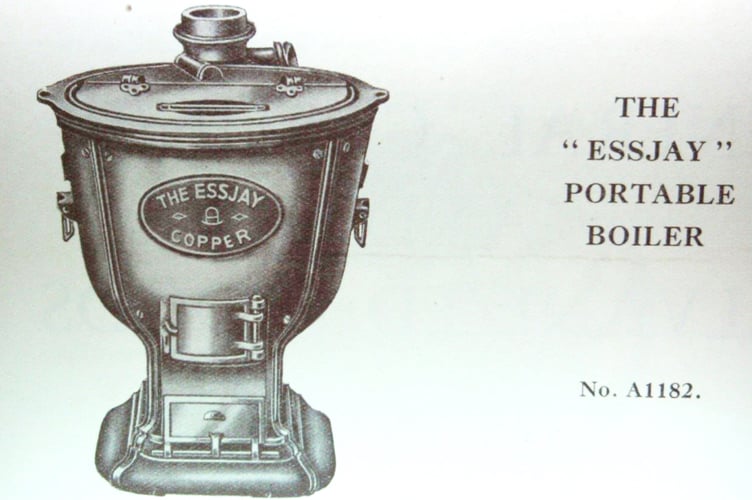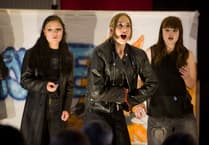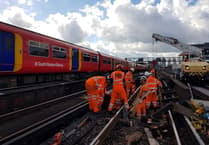WHEN talking to people for the Peeps into the Past column about Woking as it used to be, there are several businesses and buildings that are readily recalled.
These include the Atalanta Ballroom, the Ritz cinema, James Walker & Company, and last but not least ironmongers and builders’ merchants Skeet & Jeffes.
The latter is remembered fondly, and Peeps researcher Mark Coxhead came across a potted history of the business published in the News & Mail in 1968. He has delved further into the family-run firm’s story.
Skeet & Jeffes’ origins in Woking go back to 1891. William Robert Skeet had been born in Aldershot where his father ran an ironmonger’s that had been founded at the time of the Crimean War, when the army was becoming established in the Hampshire town.
At the end of the 19th century, the young Mr Skeet decided that Woking had better prospects. It was expanding due to the main railway junction and the ongoing land sales by the London Necropolis Company.
At the age of 24, he opened an ironmongers in premises opposite Woking railway station, where the National Westminster Bank now stands.
Initially, the staff consisted of just himself and one errand boy. Eventually, the business expanded to include a workshop with a blacksmith’s forge, employing four men. Even then, many of the materials and accessories that were sold had a focus towards the building trade.
In about 1907, the lease was due to run out and Mr Skeet was outbid by the London & County Westminster Bank for the purchase of the site for £3,000.

So he had to move, and ambitiously decided to build numbers 10 and 12 Chobham Road, in what was then a horse-grazing field. Adjacent stables were rented for housing delivery horses.
In 1908, Harley Davey Jeffes, then aged 38, joined Mr Skeet as a partner, followed by Alfred William Sharpe to manage the procurement of builders’ materials, both coming from the London firm of Pryke & Palmer.
The firm changed its primary strategy from that of retail ironmonger to become builders’ merchants, and trade with builders and plumbers rapidly increased until 1914, when the First World War imposed a severe break on progress.
The company experienced a struggle for survival, with depleted staff and much depended on acquiring business from other firms engaged in war work.
In 1914, the first step was taken towards acquiring the site of premises in Church Street when the yard of builders WJ Dowley, at 215 Church Street, was purchased for £375.
Having a narrow entrance, that was 9ft 6in wide between two cottage walls, leading to a rectangular area of about 160ft, gave rise to frequent transport difficulties which was not resolved until 1928 when another cottage was purchased to widen the entrance.
After 1918, a former garage at 8 Chobham Road was rented on a long lease and enabled the household department to move from premises that had been rented nearer the railway station to be alongside the paint and tool departments. Upstairs, additional capacity was made available for showrooms, builders’ ironmongery and plumbers’ brass foundry.
We’ll have more on Skeet & Jeffes next week.
If you have some memories or old pictures relating to the Woking area, call David Rose on 01483 838960, or drop a line to the News & Mail.
David Rose is a local historian and writer who specialises in what he calls “the history within living memory” of people, places and events in the west Surrey area covering towns such as Woking and Guildford. He collects old photos and memorabilia relating to the area and the subject, and regularly gives illustrated local history talks to groups and societies. For enquiries and bookings please phone or email him at: [email protected]




